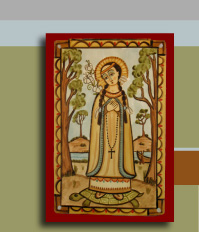KATERI TELEVISION
Exploring Aboriginal Spirituality
Through Our Videos & Study Guides
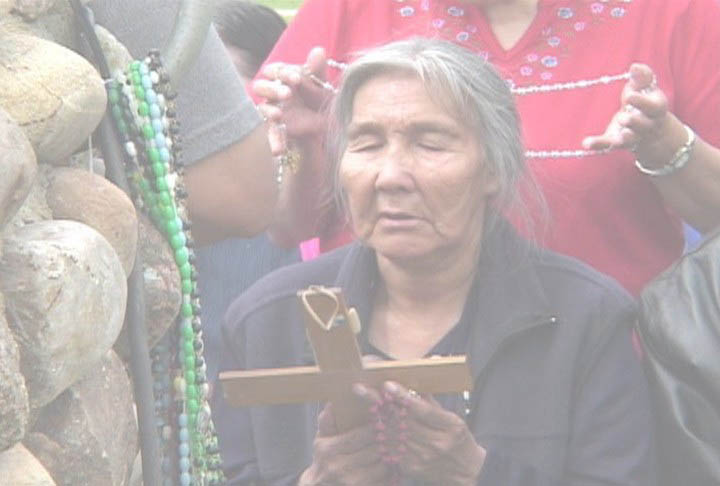
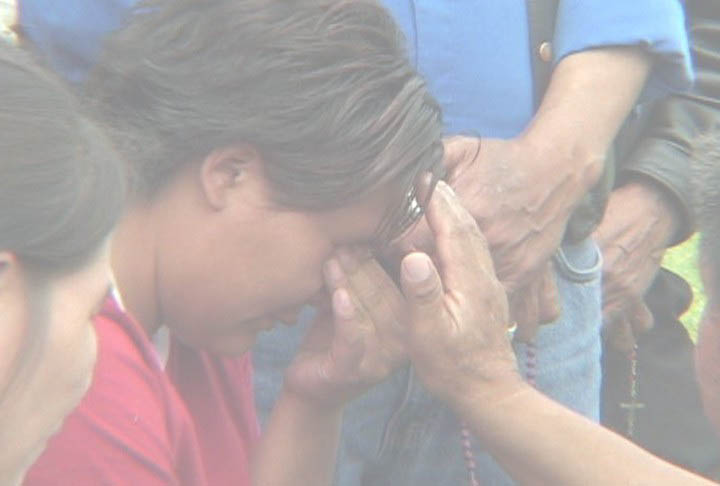
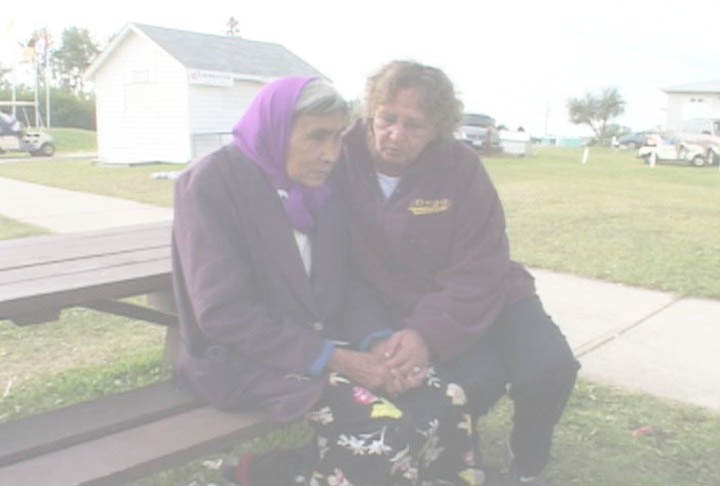
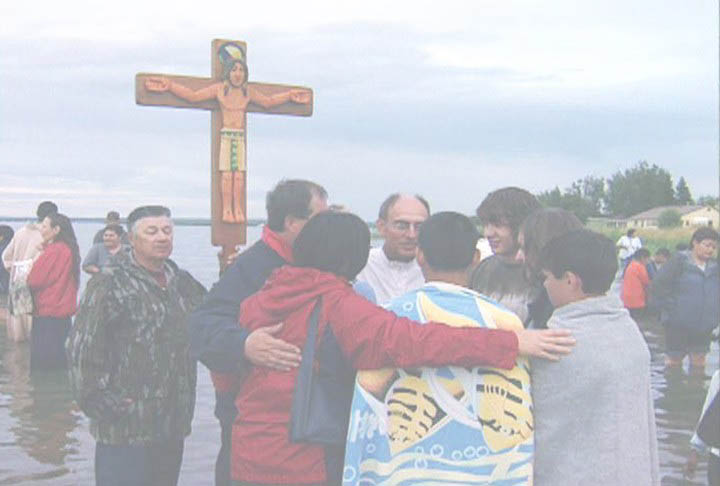
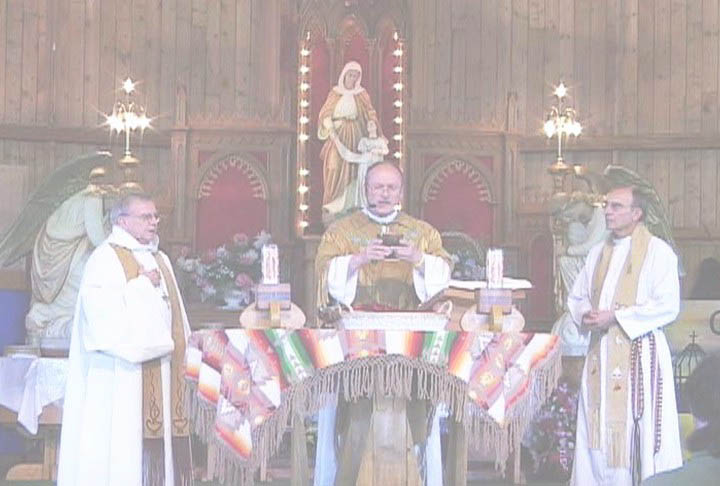
|
Kateri Tekakwitha
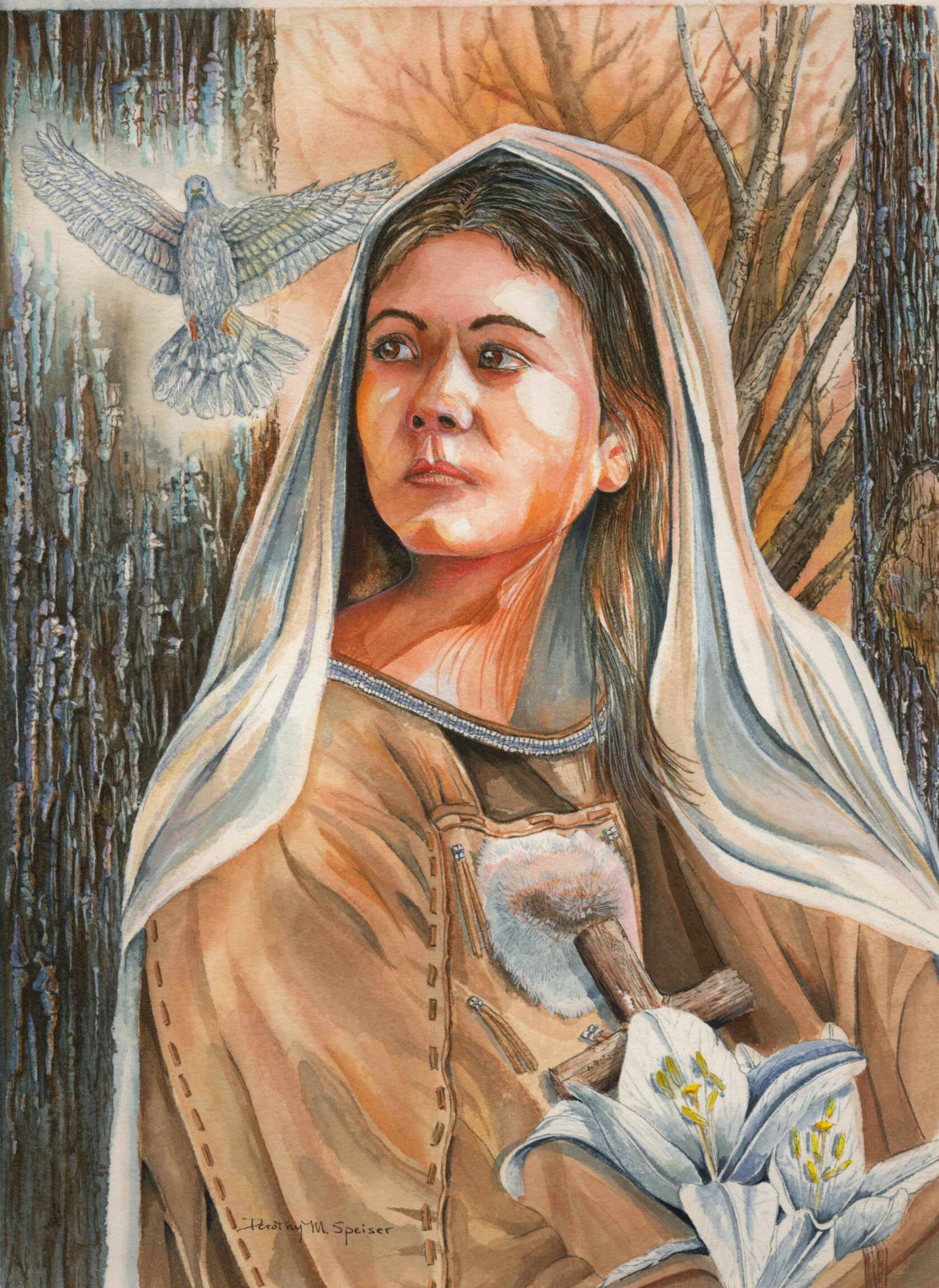 This site is dedicated to Saint Kateri Tekakwitha, North America’s first aboriginal saint (see bio brief below). Saint Kateri is a model of many things: faith, courage, an ability to inspire All First Nations peoples, whether they be Christians or traditionalists. This site is dedicated to Saint Kateri Tekakwitha, North America’s first aboriginal saint (see bio brief below). Saint Kateri is a model of many things: faith, courage, an ability to inspire All First Nations peoples, whether they be Christians or traditionalists.
To modern day Canadian Aboriginal Catholics, Kateri is very special as they go about the task of creating an authentic Aboriginal Catholic Church.
For decades, Aboriginal Catholic leadership, with the support of the Canadian Conference of Catholic Bishops, would gather at conferences named after the saint to discuss their histories, dreams and visions for Aboriginal ministry within the Church. Among the many goals of this movement was to introduce Aboriginal spiritual traditions and customs into Catholic liturgy.
Sisters Priscilla and Eva Solomon, biological sisters and consecrated Sisters of St. Joseph of Sault Ste Marie, were among the organizers of these conferences and they continue to serve the cause through their affiliations with the Building Bridges Project.
More than twenty years ago, in August, 1990, Sr. Eva co-produced (along with Villagers Media Productions, the creator of this KateriTV site) a 13-part TV series called The Kateri Movement, to mark the previous decades of work on the part of many Aboriginal leaders in the Catholic Church. The Kateri Movement was aired on TV annually for five years and was made available to all Canadian Catholic schools in Canada. Over a ten year period, The Kateri Movement viewership measured in the millions.
Fitting then, that this website, is dedicated to Kateri Tekakwitha and all who have been inspired by her to create a Canadian Aboriginal Church.
A Brief Bio
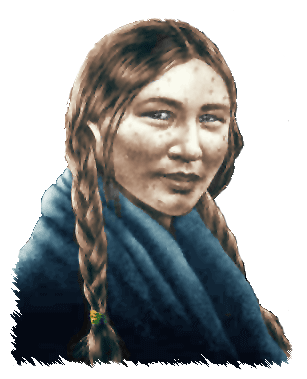 Saint Kateri Tekakwitha (1656 – April 17, 1680) was a Mohawk-Algonquian woman from New York and an early convert to Christianity, who has been beatified in the Roman Catholic Church. Kateri Tekakwitha was daughter of Kenneronkwa, a Mohawk chief, and Kahenta, a Roman Catholic Algonquin woman. Tekakwitha was born in the Mohawk fortress of Ossernenon near present-day Auriesville, New York. Kahenta was baptized and educated by French missionaries in Trois-Rivièères, like many of Abenaki converts. She was captured there at the start of a war with the Iroquois and taken to her father's homeland. Saint Kateri Tekakwitha (1656 – April 17, 1680) was a Mohawk-Algonquian woman from New York and an early convert to Christianity, who has been beatified in the Roman Catholic Church. Kateri Tekakwitha was daughter of Kenneronkwa, a Mohawk chief, and Kahenta, a Roman Catholic Algonquin woman. Tekakwitha was born in the Mohawk fortress of Ossernenon near present-day Auriesville, New York. Kahenta was baptized and educated by French missionaries in Trois-Rivièères, like many of Abenaki converts. She was captured there at the start of a war with the Iroquois and taken to her father's homeland.
When Kateri was four, smallpox swept through Ossernenon, and Tekakwitha was left with unsightly scars on her face and poor eyesight. This outbreak took the lives of her brother and both her parents. She was then adopted by her uncle, who was a chief of the Turtle Clan.
As the adopted daughter of the chief, many young men sought her hand in marriage, in spite of her disfigured face. She realized that this was only for political purposes and was disgusted by the idea of a loveless marriage. During this time she took an interest in Christianity. Her mother was Christian and had given Kateri a rosary, but her uncle took it away and discouraged conversion. She was a headstrong and lonely woman who decided that since she was cast away from Mohawk society, she would join another.
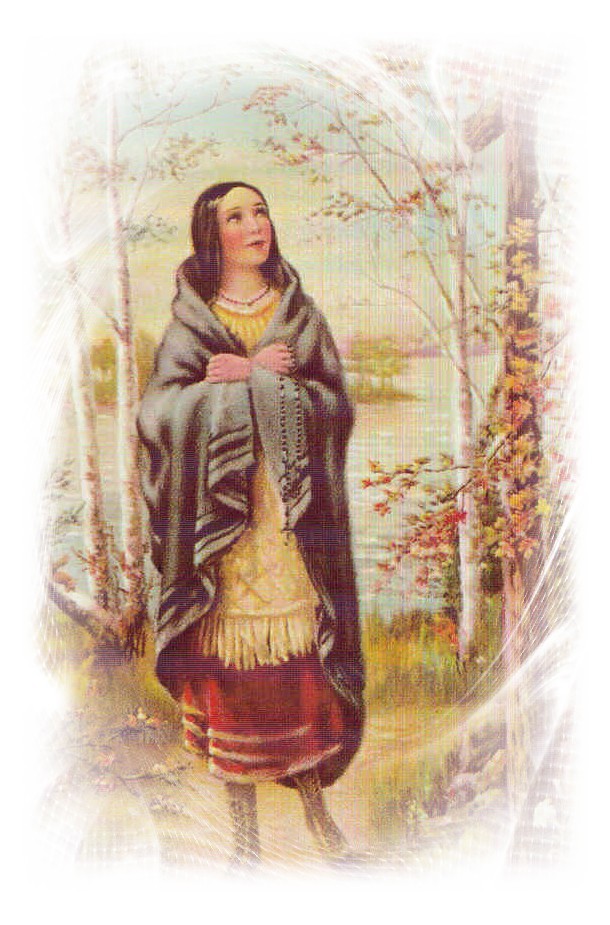
In 1666, Alexandre de Prouville burned down Ossernenon. Kateri's clan then settled on the north side of the Mohawk River, near what is now Fonda, New York. While living here, at the age of 20, Tekakwitha was baptized on Easter Sunday, April 18, 1676 by Father Jacques de Lamberville, a Jesuit. At her baptism, she took the name Kateri, a Mohawk pronunciation of the French name Catherine. Tekakwitha literally means "she moves things."
Unable to understand her new found religion zeal, members of the tribe often chastised her, which she took as a testament to her faith. Kateri exercised physical mortification as a route to sanctity. She occasionally put thorns upon her sleeping mat and lay on them, while praying for the conversion and forgiveness of her kinsmen. Piercing the body to draw blood was a traditional practice of the Hurons, Iroquois, as well as the Mohawks.
Kateri believed that offering her blood was in imitation of Christ's crucifixion. She changed this practice to stepping on burning coals when her close friend and confessor, Marie Therese, expressed her disapproval. Because she was persecuted by her Native American kin, which included threats to her life, she fled to an established community of Native American Christians in Kahnawake, Quebec, where she lived a life dedicated to prayer, penance, and care for the sick and aged. In 1679, she took a vow of chastity, as in the Catholic expression of Consecrated virginity. A year later, on April 17, 1680, Kateri died at the age of 24. Her last words are said to be, "Jesus, I love You!"
|
